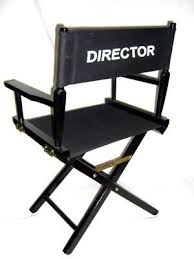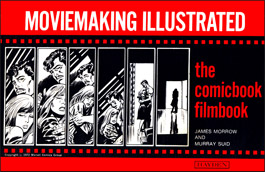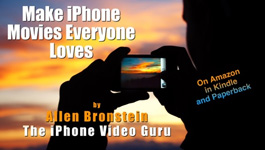Young children tell stories by stringing together incidents with “ands”: This happened and then that happened and then something else happened. This kind of episodic narrative works, but experienced storytellers–especially Hollywood screenwriters– have long understood that building on “but” can add more drama. Here are examples in loglines from movies you might have seen:
- A band of adventurers capture and display a giant ape, but the ape escapes.
- Dirty Harry is an effective cop, but his boss doesn’t like Harry’s outside-the-box methods.
- Rick tries to forget his sorrows by opening an out-of-the way café in Casablanca, but life catches up with him.
In each case, the “but” turns the story in a new—and often unexpected—direction. The audience wants to know: What’s going to happen next.
In “Bye Bye Butterfly,” celebrated mobile journalist Philip Bromwell demonstrates that “but” isn’t just for fiction. Here, 35 seconds into this mini-doc, he brings in a “but” that brings in the bittersweet reality of change and loss.
The video—a news report for RTÉ, Ireland’s national broadcaster—was shot on an iPhone 6+ using the FiLMiC Pro app and the native camera. Slow motion sequences were filmed at 240 frames per second (fps).
Bromwell will judge the entries in MobileMovieMaking’s mini-doc competition, running through January 31, 2016. You can find information about the competition plus another Bromwell mini-doc here.
NOTE: Along with many other topics, you can find an insightful discussion on the use of “but” in film storytelling in Howard Suber’s remarkable book: THE POWER OF FILM. Suber is a professor in UCLA’s School of Theater, Film and Television.



 Previous post
Previous post
 Next post
Next post





